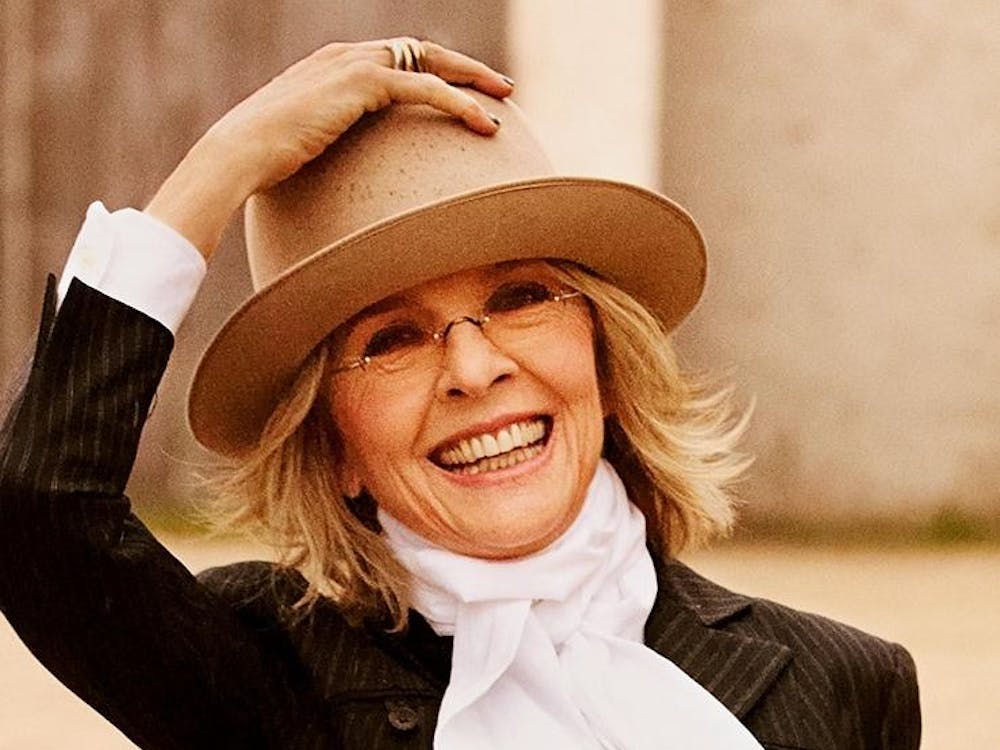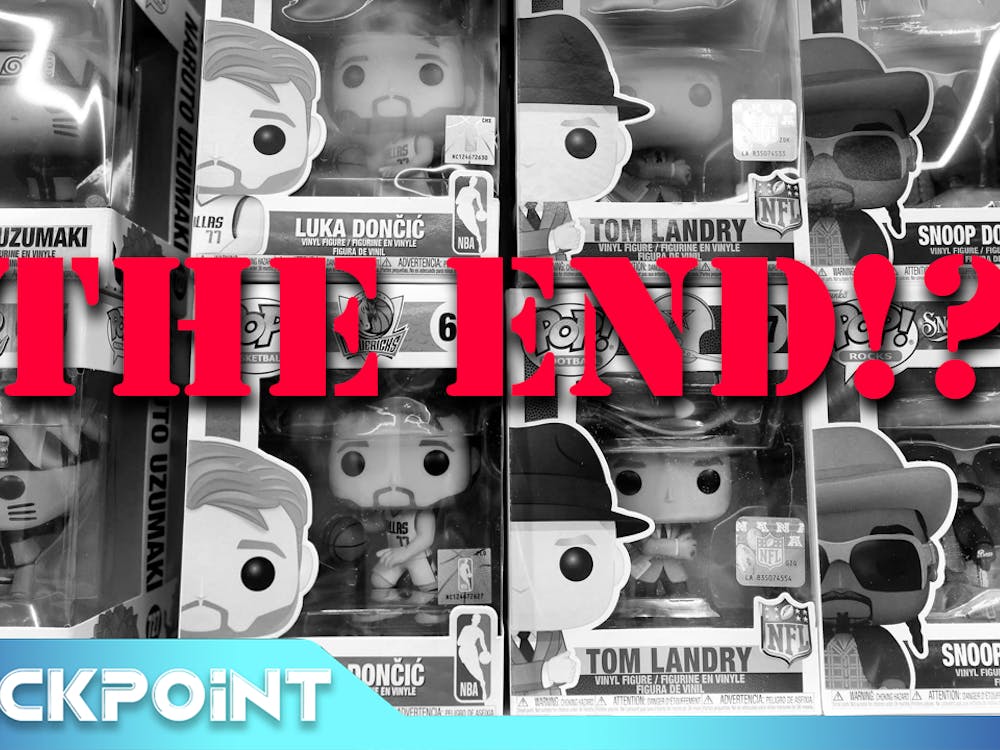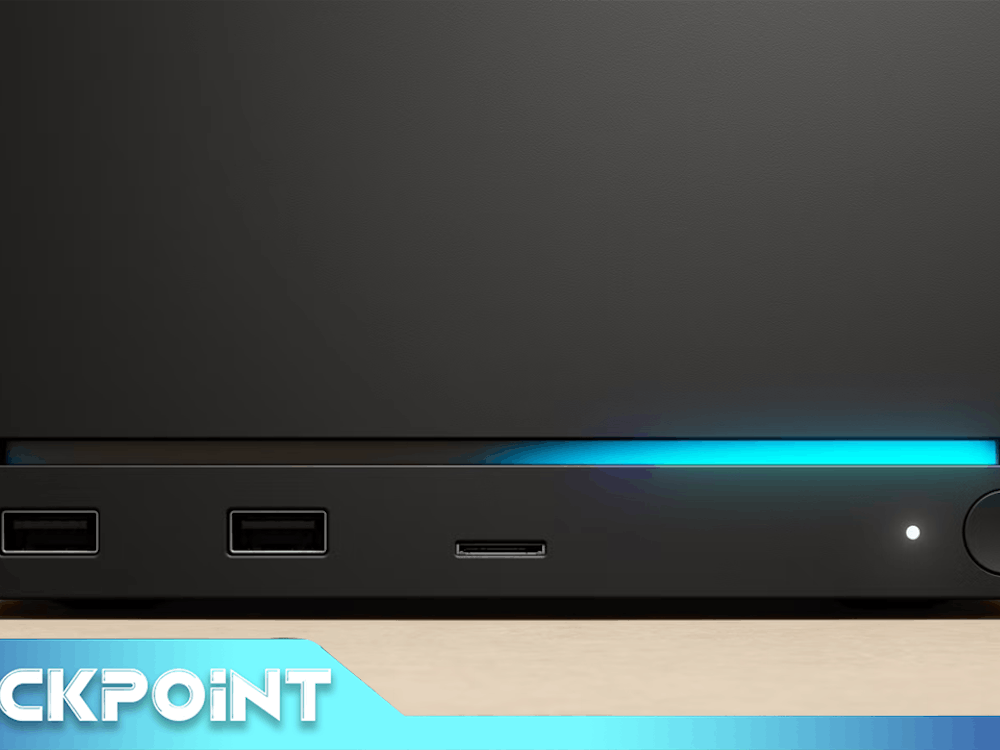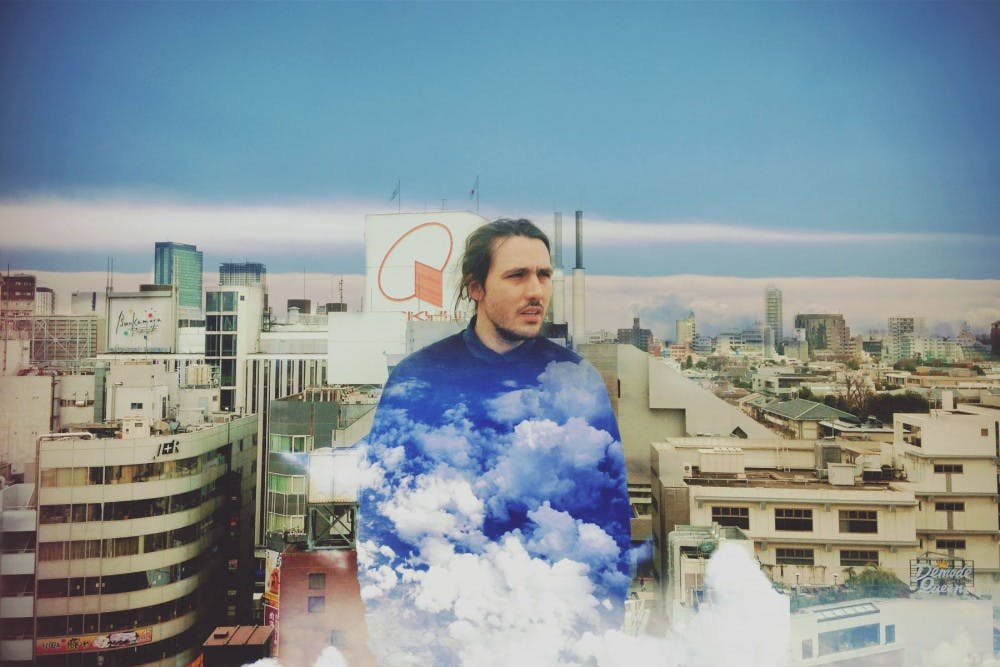Logan Paul made huge waves when he released his now infamous vlog where he filmed a corpse in Japan’s Suicide Forest. Despite his public apology Paul has continued to remain in the public eye,drawing attention from various sources such as The New York Times, Daily Mail, and Business Insider. This widespread attention has forced many to consider the powerful influence YouTubers have on their audiences.
But what about the impact vloggers like Logan Paul have on filmmakers?
To answer this question, we spoke with Jeremy Rubier, a French-Canadian filmmaker who has traveled the world for the past ten years to create new videos. Jeremy has created videos for various companies, including Red Bull and Vice. His new short film, Toyooka, is a direct response to Logan Paul’s controversial video.
Logan Paul’s vlog was less about Japan and more about how Logan reacts to aspects of Japanese life. When Japan was the focus of Paul’s vlogs, the country was framed as a sort of quirky playground for Paul to play in. There was no serious consideration given to the unique culture or history of Japan.
Rubier takes the opposite approach in Toyooka. The short sets out to humanize and give depth to the small town of Toyooka. The citizens living in the town and the richness of their lives are the focus of the film. Rubier does appear in the film but, as the film’s only non-native, it seems to use him as a stand-in for anyone trying to observe the richness shown throughout the rest of the film.
Q: Would you mind telling us a little about your upcoming short film Toyooka?
Rubier: So the movie Toyooka… first of all, the prefecture approached me to make the video a long time ago. And they said, “We’d love you to make a video. We love your style; you go really deep into culture.” But I didn’t want to put my face on it because I thought that I never want to put my face on videos. I’m behind the camera.
Then the video of Logan appeared and I was like “That’s not possible.” I was absolutely terrorized by the video. I was like, “This guy just destroyed all the things I’m trying to build,” because I’ve been trying to do videos about the culture of Japan. Research and shooting really, really deep stuff about Japan for years, and this dude just comes and just – I’m trying to destroy all stereotypes about Japan and he just inflames them and so I need to accept the video and accept that I’d be in it as a protagonist which I never do because I think that the videos talk for themselves. If you’re a director and you want to show something, you don’t have to show your face all the time. So I accepted that I’d be in the video, as the protagonist, to be inside the video—something I don’t do. It’s not my style and something I don’t plan on doing again. But I think for this one it was interesting because I’m in the video just observing and trying to fit inside my environment while this asshole is basically imposing himself in his environment and imposing his culture, his American culture, on this environment instead of just blending in and respecting.
So I wanted also to create a contrast between his behavior and my wishes. I mean I’m not Japanese. I went to Toyooka one week, two weeks just to get a feel for the place. I talked to each and every person from the old lady in a little bar with 7 seats, to the monk, to some guy making wheel art, to some skater kids. I made it in the streets to show places through those people and through shooting and my music. It’s purely artistic.
Well of course Logan, in this case, really pissed me off because he puts himself inside the most respectful country in the world and abuses its people because it’s really easy to abuse Japanese people. They are extremely polite.
Q: Going off of that, and you touched on it a bit, but it’s really interesting that the video is about Toyooka and you show yourself so little. And you talked about how you want the bigger themes to come together, and you don’t want to speak; you want the video to speak for itself. But in regards to bridging that gap between vloggers and more traditional filmmakers such as yourself, do you think its necessary for someone like you to put yourself out there a little more?
Rubier: I’ve been limiting myself on Vimeo. And on Vimeo, you know, in the end videos are just watched by other creative people, industry people, and we don’t really reach out to the masses. People are not patient anymore; they want some easy content. They want someone who talks showing their face, because they want a face to relate to. They want to feel something.
And I really hope that a turn-around is going to come where these people disappear, because they don’t deserve this attention. They receive too much attention in too little time and they’re not doing anything. Basically it’s pure consumption. It’s pure, pure consumption.
Traditional filmmaking is dying out. But what I do is not traditional filmmaking, because what I do is making videos under three minutes. I’m not trying to do longer videos because I know that for people nowadays, more than 2 minutes and they lose focus. So in a sense, I’m not really a traditional filmmaker. Also the way I shoot and the way I use technology is actually quite on the edge, because I shoot and compose music all digitally. I think I’m part of a new wave of filmmakers who travel and do video.
So I’m trying to show my persona but in a way more artistic way, in an observational kind of way. But usually like a real artist, you don’t have to show yourself because it’s your vision in the video. It’s your lens in the camera. It’s you shooting. It’s you editing. So you already show yourself invisibly.
And maybe that was a one-time thing for me to show myself, because it was just a statement to say, “Look, there are people like Logans behind all their videos and you guys should watch it, but you guys should feel our presence without us being in front of the camera.”
Q: What was your ultimate goal in creating Toyooka and was there a particular message you wanted to convey to your viewers?
Rubier: So at first, like I said, I saw that as a millenial-oriented kind of video. Kind of a commission from Toyooka that they wanted me to do. I thought of it as a tourist video. Then as time passed, I realized that I really want people to come to Japan to leave the path. They don’t have to go to Tokyo, Kyoto, or all these big cities but to just go to a small village and experience Japan in its purest form. Then they will realize how this country is rich. How a small village that with not even 100,000 people is actually just as rich as any big Japanese city. And that’s why Japan is phenomenal in terms of tourism, because in each little place, people are so dedicated and passionate about where they come from that they are going to do everything they can to make it interesting and to make people visit it and have the best time ever.
And I hope that can inspire people to appreciate silence and pure, simple beauty. That’s what I want people to feel when they watch it. And it’s not about going to Toyooka. It’s really going anywhere off the beaten path in Japan. It’s about experiencing those things in a respectful way and to take things as they are instead of trying to impose our culture by trying to look for a McDonalds in Japan like so many tourists do. That’s completely crazy.
I think I’d make a good Tourism 101 teacher, but I’m too busy for that. Hopefully, though, I can share some of that knowledge in my films while other people push the big cities and more and more consumption.

Image courtesy of Jeremy Rubier
Q: So with the rise of YouTubers and vloggers, people can essentially travel the world with these people from the comfort of their own home. How does that personal connection with these content creators affect how these people feel about the places they’re being shown? And how would you say that that’s different from the response you get when people view your videos?
Rubier: I think that vlogers make people feel lazy. They make you feel the experience from the perspective of someone like you, but at the end of the day you don’t even want to go there. Because vlogs don’t tease. They’re so bluntly, “What is it? It’s reality. Look.”
I’m not going to show you exactly what’s there. I’m not going to put my phone into a noodle bowl while I’m eating it and be like, “You can have the same experience.” No! I’m going to show you the noodle bowl in a special way. To tease you. To go there and to pack your things. That’s why I’m trying to make it really beautiful in my own way. To be like “that’s the way I see it. Now go see for yourself and make it an adventure.” That’s why I try to go outside any paths and really try to go deeper into my subject. Because people have to travel.
They have to stop capturing everything they do when they travel. Vloggers like putting the moment in a freezer: put it online, rewatch it, rewatch it, rewatch it again, and it’s not even the moment anymore. It’s like the moment becomes way longer than it used to be somehow.
And don’t get me wrong; some vloggers are amazing. I know one guy who only makes peaceful videos. I don’t know his name, but he is good because he opens the mind of his audience by showing them messages of peace.
Like I said, I don’t like people taking my hand and saying “Hey! You have to think like that. I’m gonna explain everything.” I don’t think that’s how its supposed to work. That’s why I don’t really watch any vloggers. And again, Logan gives a bad image to all vloggers, but it would be a mistake to think they’re all bad. Most of them are actually good, sharing information and inspiring kids to actually do stuff.
Q: As someone who has traveled to so many countries to film, what are some special considerations you think vloggers, film makers, or anyone with a camera should keep in mind when filming in a foreign country and sharing a foreign culture with viewers?
Rubier: First of all, they need to do their research. Before they go. It doesn’t mean they have to plan their trip. It doesn’t mean they want to “YOLO. Live the moment,” no. They need to do research about the country. They need to read about it. They need to know where to go. Of course, they need to know the etiquette so they can show respect. And that’s part of the research. I do deep, deep research about the history of each place I go. About the customs of people.
When they are in the country, sometimes filming people who don’t want to be filmed is part of the game too. Sometimes as a documentary filmmaker, I shoot people who don’t want to be shot. But at least I go up to them and talk with them afterward. I’m like, “Look, I filmed you for that. Can I use the footage of your face?” You need to be respectful of people, because they’re not tools to generate views. They’re human like others. Some will be happy and fanciful to be in a film while others don’t want to be filmed and vloggers need to be respectful of that.
They also need to try new places that are not on the map, that are not in the guide, that are not famous. See, Logan went to the worst fucking place and the most stereotyped place in all of Tokyo. What the hell? That’s not Japan. Japan is mostly beautiful countryside with mountains. Tokyo is a very special city, but it’s another big, Asian city at the end of the day. Also never, never, never stop in the biggest city when you are traveling in a foreign country as a vlogger who wants to show something. Go to the countryside; most of the time you’re going to actually come back to a sense of the country going to the countryside while the big cities are just melting pots. It’s chaotic, they’ve lost their culture and just aligned themselves with big city culture.
It’s like so multicultural like Paris, for example. It’s a brilliant city. I grew up there. But it’s a sense of the modern culture. But to get a sense of the culture of France from the past 2000 years, you need to go to the countryside to see the old churches and to feel the vibe of old France.
Also really important is to engage with the people in order to not make them do what you think they are supposed to do, but collaborate with them to let them do what they do. And most of the time, people are going to be so happy to show what they do and to share their life with you. So that would be my advice for vloggers.

Image courtesy of Jeremy Rubier
***
While Logan Paul’s videos are so often associated with negativity, Rubier has channeled that negativity into positivity through Toyooka. The rise of vlogs has lowered viewer expectations and caused audiences to accept an environment where their media literacy is left unchallenged. Directors like Rubier who travel the world in hopes to capture beauty and meaning now face difficulty in combating these new lowered standards.
This doesn’t mean vloggers and filmmakers can’t work together and learn from each other to raise those standards. With these collaborative efforts, the discrepancy between filmmaking and vlogging may just start to be bridged with filmmakers like Jeremy Rubier at the helm.
Photos courtesy of Jeremy Rubier
You can follow Jeremy on Instagram, Soundcloud, Vimeo and his website.
For more entertainment related content, visit us at Byte Bsu!



















